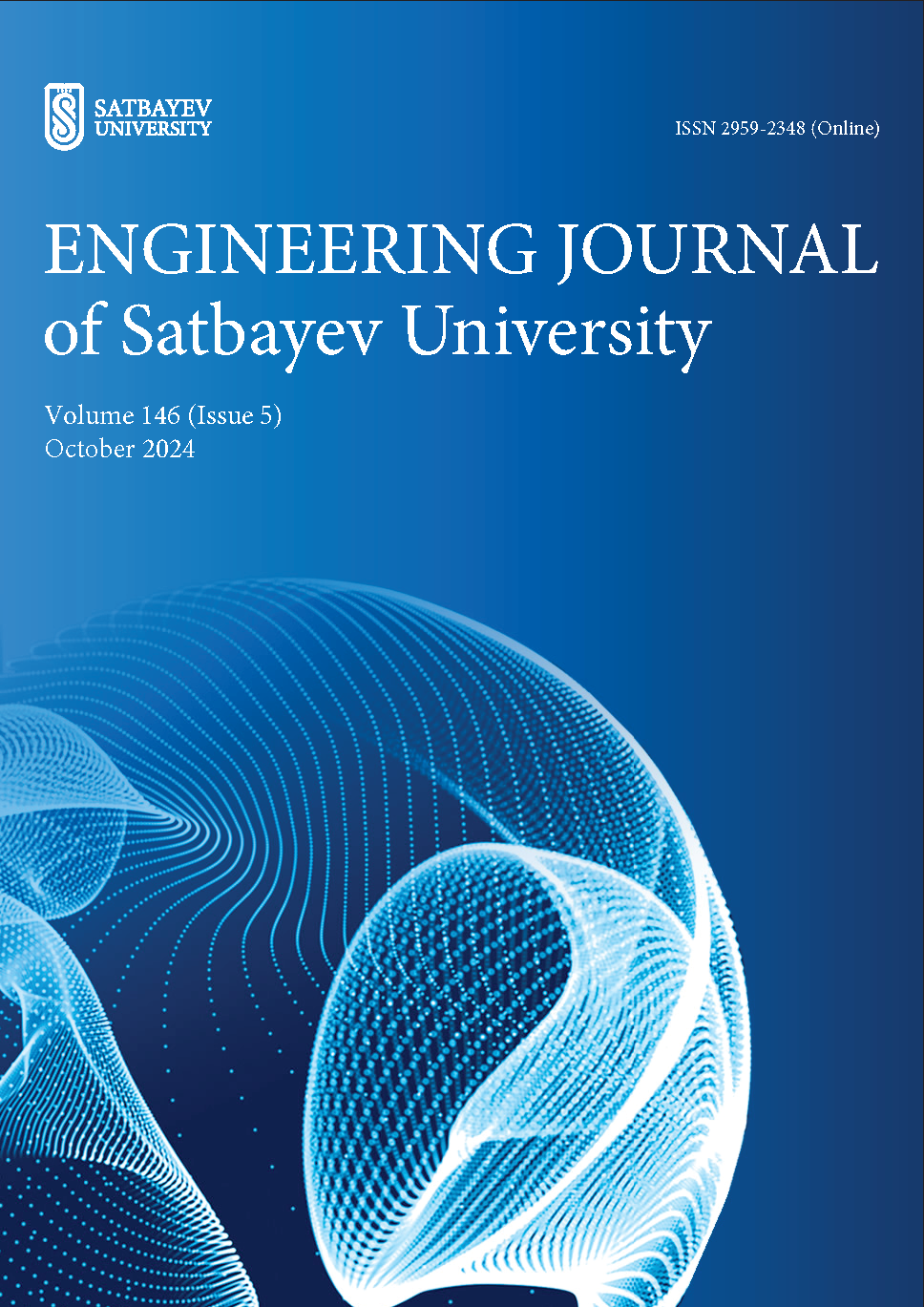Paleogeographical reconstruction of the late neogene in the north-eastern part of Central Kazakhstan (The «Goose Passage» Site)
DOI:
https://doi.org/10.51301/ejsu.2024.i5.05Keywords:
Hipparion fauna, Pavlodar Formation, Late Miocene, paleogeography, Central KazakhstanAbstract
The study and identification of regularities of geological and paleogeographic development of Central Kazakhstan in the Cenozoic is fundamentally important for understanding the geological processes of Eurasia as a whole, as they were reflected in the marine and continental landscapes of the adjacent regions of Western Kazakhstan, Central Asia and Western Siberia. Practically from the beginning of the Cenozoic, a continental mode of sedimentation was established here, with landscapes of denudation plains and low highlands. Organic remains make it possible to dissect the Cenozoic continental strata and reconstruct the stages of landscape development from typically tropical and subtropical in the Paleocene and Eocene to steppe and savannah landscapes by the beginning of the Quaternary. The Goose Flight fauna locality is a stratotype of the Pliocene Pavlodar Formation. It is one of the largest localities of Miocene Hipparion fauna of Eurasia, located in the north-eastern part of Central Kazakhstan, on the Irtysh River, within the city limits of Pavlodar. The location «Goose flight» is comparable to such widely known localities of Hipparion fauna as Taralyk-Cher and Kholu (Russia, Tuva), Baode fauna in Shansi province in China, Grebeniki and Berislavsky in Ukraine, Taraclia in Moldova. The locality needs protection and defence as it is destroyed due to erosion of the banks of the Irtysh River and uncontrolled sampling. The article provides a description of the Pavlodar Formation sediments, its geological and palynological characteristics, as well as the history of the study of the Goose Flight locality, the most complete list of fossils, gives their environmental characteristics and concludes on the conditions of accumulation of the Pavlodar Formation strata.
Downloads
Published
How to Cite
Issue
Section
License
Copyright (c) 2024 Engineering Journal of Satbayev University

This work is licensed under a Creative Commons Attribution-NonCommercial-NoDerivatives 4.0 International License.
<div class="pkpfooter-son">
<a rel="license" href="http://creativecommons.org/licenses/by-nc/4.0/"><img alt="Creative Commons License" style="border-width:0" src="https://i.creativecommons.org/l/by-nc/4.0/80x15.png"></a><br>This work is licensed under a <a rel="license" href="http://creativecommons.org/licenses/by-nc/4.0/">Creative Commons Attribution-NonCommercial 4.0 International License</a>.
</div>





